Heart of Jazz Country
The Blue Room, The Gem, Merritt Records, Kansas City Jazz, The Majestic, Phoenix Club
It’s time for a little history on jazz.
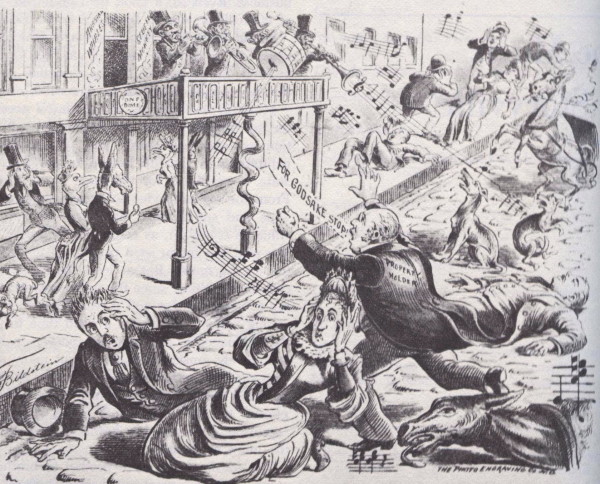
It started down in Naw’leans in the late 1800s, where American-European traditional music and African tribal made a sweet love child we call jazz. By the early 1910s, the French Quarter erupted with this new-age style of music that brought people off their feet and into a dancing craze. New Orleans jazz developed into a mix of big band and heavy brass sounds with polyphonic improvisation. Basically, it consisted of two or more independent melodies that were often times spontaneous. The jazz sensation swept the country influencing cities from New York to Los Angeles.
Although jazz may have been born in New Orleans, it grew up in Kansas City.
When jazz hit the Kansas City scene, Boss Tom Pendergast and his democratic machine were dominating and reigning in the area. Boss Tom, along with bona fide gangster Johnny Lazia, ensured that the police would ignore the bootleg booze, brothels and gambling dens during the Prohibition Era. At the time, Kansas City was known as “Paris of the Plains,” and not due to our class or culture. “If you want to see some sin,” wrote Edward Morrow of the Omaha Herald, “forget Paris and go to Kansas City … Kansas City has the greatest sin industry in the world.”
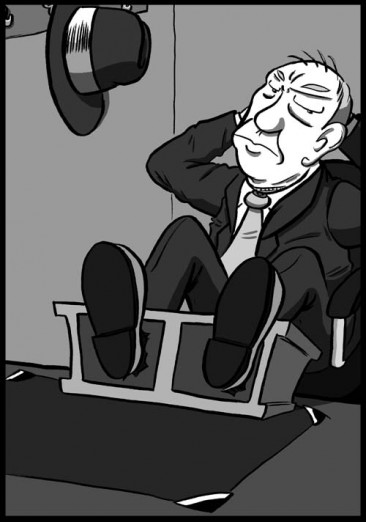
www.jimmygrist.com
This sultry industry performed magic for jazz, which some thought was the devil’s work. During Prohibition, one could find dicey nightclubs, men gambling away money while surrounded by clouds of cigar smoke, and, of course, booze galore. This freewheeling attitude nurtured jazz during its heyday. Musicians from across the country flocked to Kansas City for the relaxed attitude.
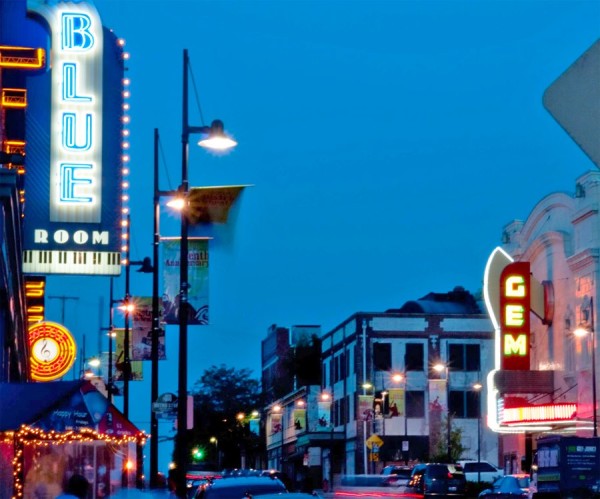
Before The Blue Room, the Gem and the historic Lincoln Building were filled with bootleg booze, dancing feet and the sweet, smooth sound of a bass and piano in the 1920s, the 18th and Vine jazz district was home to vast crop fields, much like the rest of Kansas City in the 1800s. Simple muddy roads carried horses and carriages. The first to settle in the area were Reverend Sweeney and his wife. They opened a truck farm, which is a fancy name for a farm that produces veggies for a market, and so started the neighborhood known as 18th and Vine. By the start of the 1900s, hundreds, even thousands, of African Americans had travelled to, settled and began their lives in Kansas City for work. The area then began to flourish.
The 18th and Vine district soon became somewhat of a safe-haven for African Americans, who were forced to the outskirts thanks to the segregation laws of the time. Andy Kirk, jazz saxophonist and bandleader of the swing-time group “Twelve Clouds of Joy,” visited the neighborhood, and said “Kansas City was a regular Mecca for young blacks from other parts of the country aspiring to higher things than janitor or chauffeur.” Kansas City was a revelation to him, he said. By 1910, the 18th and Vine streets were lined with African-American owned restaurants, banks, music halls, dentist and doctor offices. The first African American owned “moving picture” theater, called The Star, opened at the north corner of 18th and Vine in 1909. Essentially, once open fields of the Midwest had turned into its own little, self-sustaining economy. Although the area paved the way for African American business and economy, it also made its way into the history books with something just as important to Kansas City history: Jazz.
The first Kansas City jazz band to make it big was the Coon-Sanders Original Nighthawks Orchestra, which also happened to be an all-white group. Thanks to the love of radio back in 1920s, the band skyrocketed into the national spotlight with their hit “Nighthawk Blues.”
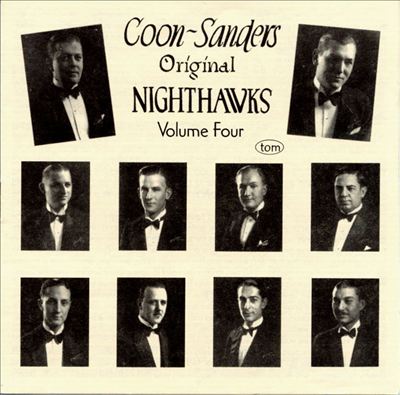
Check out “Nighthawk Blues” here: https://www.youtube.com/watch?v=afJ-kyDWR2Y
Unfortunately for most jazz players, African-American bands weren’t always welcomed on the radio. The two big-boxed radio recording companies, Columbia and Victor, usually liked to hire white-only bands, much like the Coon-Sanders Original Nighthawks. It wasn’t until smaller, independently owned record labels, such as Okeh, Paramount and Black Swan, started popping up that African-American jazz groups made it into the spotlight. The first of these from Kansas City would be the Moten Band.
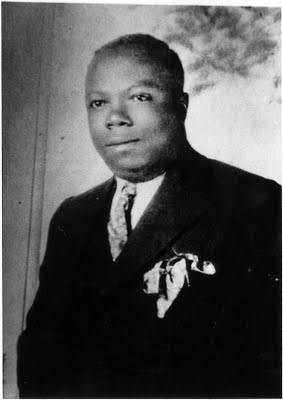
Benjamin “Bennie” Moten (Nov. 13, 1894-April 2, 1935) hailed from the heart of jazz country in Kansas City, 18th and Vine. Learning to play the piano at a young age, Moten dropped out of high school and floated around from jazz spot to jazz spot playing ragtime piano. Despite being simply an okay piano player, he soon made a name for himself and in 1918 he formed the B.B. and D. Orchestra, which included Dude Langford and Bailey Hancock. The band became known as the BBD. The group liked to call themselves “Big, Black and Dirty” behind the scenes. Their first gig was at the Labor Temple, at 14th and Woodland, which was the place to play regardless of ethnicity. Moten used his strong persuasion skills to “steal” other band members to form his own jazz band named Moten’s Orchestra.
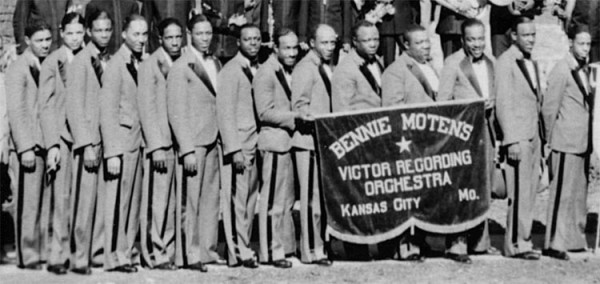
His new band developed the “riffing style” jazz that focused on a brief repeated set of notes, or a phrase, during a melody, which is now popular in today’s rock music. With the assistance of Kansas City’s Winston Holmes’ Music Store and Merritt Records, which is now located 1614 Westport Rd., Moten was able to record songs and land them on national radio. He soon led the band to Chicago where he recorded more than 100 songs with Okeh Music. Bennie, along with the Moten Band, became the first famous, great jazz group from Kansas City. Moten was constantly changing the line-up of his members by recruiting players who later became famous themselves including William “Count” Basie, Ed Lewis, “Hot Lips” Page, Buster Smith and Booker Washington. As each member left, he left a little piece of Kansas City jazz that only helped spread the style and love. William “Count” Basie played the Kansas City-style jazz until his death in 1980. At the start of his career, it is said he inspired jazz greats such as Kansas City local Charlie “Yardbird” Parker—a larger-than-life sculpture of his head can be seen immortalized at 17th and the Paseo. It’s probably safe to say that Moten was the father of the famed Kansas City Jazz, which took the country by storm.

Through the 1930s, Kansas City and 18th and Vine enjoyed years of a care-free lifestyle, that is until Boss Tom and his party lost power and the so-called ‘golden age’ of Kansas City jazz ended in the 1940s. Since its heyday, the musical styling of jazz is still much appreciated, obviously. In 1997, the American Jazz Museum opened to preserve the influence of Kansas City on jazz. The Gem, the Blue Room and the Folly Theater, to name a few, are still in full-swing. Jazz and jam bands can still be found at the Mutual Musicians Foundation on Friday and Saturday nights, playing until the sun rises like their predecessors did at the location in the 1930s. Jazz can be heard seeping throughout the city in places such as the Majestic and the Phoenix Jazz Club, both within a few blocks of each downtown.
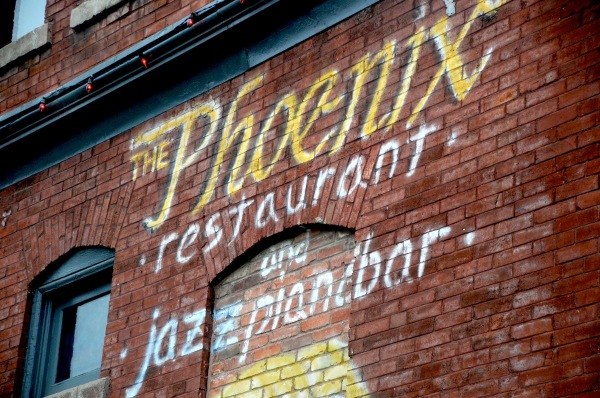
302 West 8th Street, Kansas City, MO 64105










